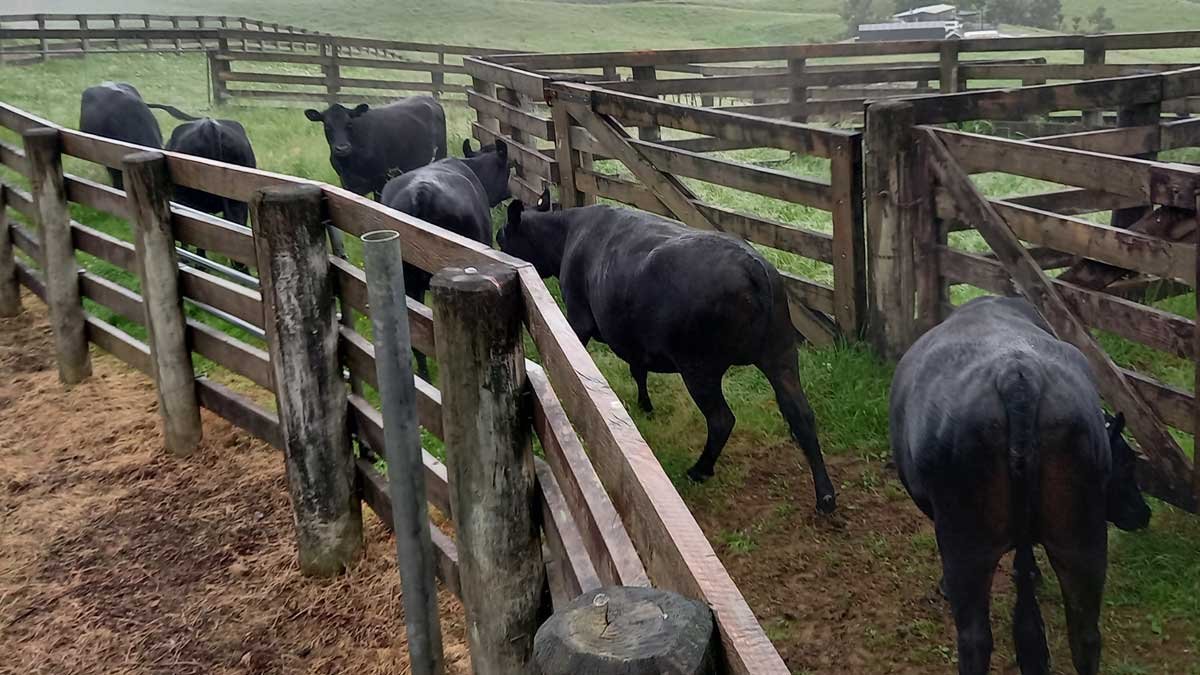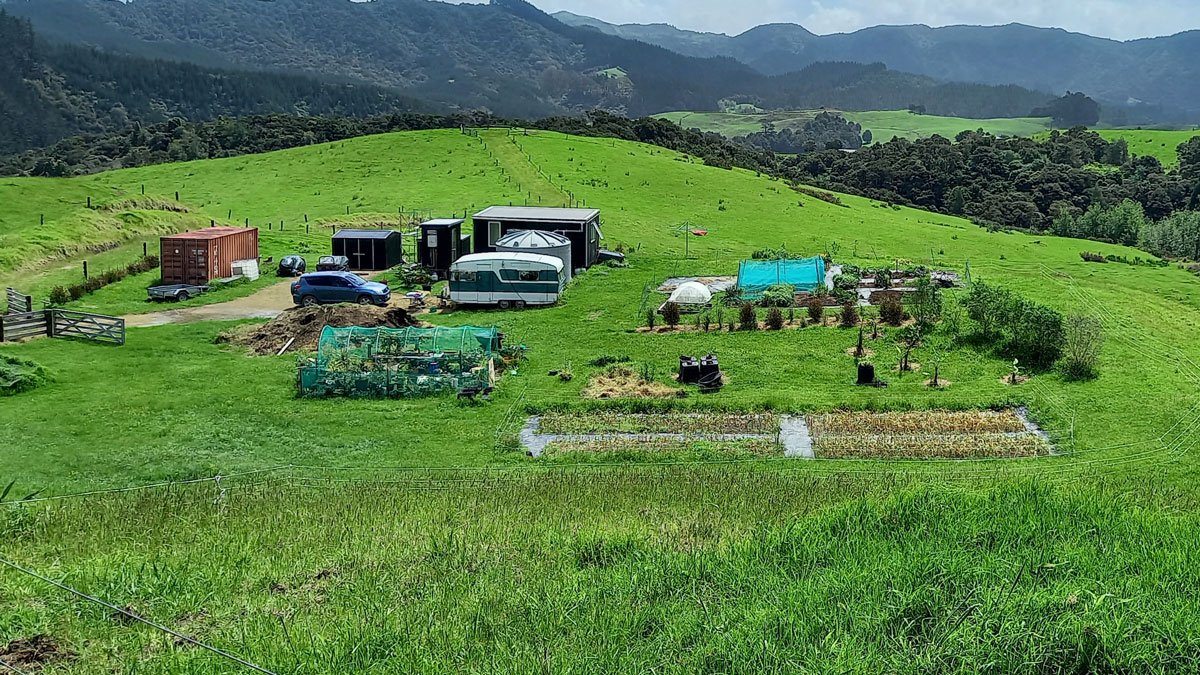What on earth does one do on a farm all day? It seems to take every ounce of energy I have to live here (in a good way), but some weeks I look back on a Sunday and just wonder… what happened?
So I thought I’d pick out five things I did this week. It’s been a good week – mostly sunny, but with a couple of days you couldn’t hang the washing outside. That’s important because so often, it’s the weather that decides what we’re doing on any given day.
Built a drying rack
A couple of weeks ago, I began the catnip harvest and found that this year, I didn’t have enough room to dry it all.
The catnip looks fantastic in the garden, but it needs to be dried before it becomes “New Zealand’s Dankest Nip“. Due to popularity of the nip, I’ve been planting it everywhere. Now I have dozens of plants ready for their first haircut of the season but… I’m out of room!
So it was time to create a new drying rack. I sanded back a couple of pieces of wood from a pallet, added holes, hung it from the ceiling of our shipping container, then threaded up a whole lot of rope.
We had everything on hand already so it was a nice $0 project which has seriously increased my ability to dry things. Which is great, because I have a lot of stuff to dry!
Harvested catnip
Once I had my drying facilities, I could get back to harvesting. Excepting the few wet days we’ve had this week, I’ve been out every other day bringing in a plant or two. It takes a couple of hours to get through a big plant.
Each stem is cut in a way to encourage a second, even larger harvest in about February. I try to leave the less mature stems to ensure the plant has enough energy to get there.
I inspect and prepare each stem for hanging. I’m looking for leaves of poor quality and unwanted hitchhikers. It’s a good little activity for thinning out the green vegetable bugs!
Once clean and inspected, then the stems are bunched and hung on the drying rack for a couple of weeks before the leaves are removed from the stems, ready for packaging.
Sold some cows
We welcomed a herd of skinny Angus heifers to The Outpost just over a year ago. They were good cows (except for maybe ‘Licker’ who developed a reputation in the neighbourhood for running off to find a man whenever she was in heat – we didn’t own any male cows).
After 12 months of mowing our grass, they were hitting the weight where we needed to look at sending them off again. We have steep hills and our cows were just under 500kg live weight. We had 6 of them, so that’s 3 tonnes of cow moving about our hilly terrain. It’s a recipe for erosion.
Instead of sending them off to the works, we sent them to the sales this time. There, someone else paid a very nice price for them. Hopefully they’ll be able to live a bit longer on a more suitable farm.
Once the money arrives in a couple of weeks, we’ll be looking to find some new (smaller) cows for the place again.
Rescued a duckling
Last week I mentioned our duck are terrible mothers. On Sunday afternoon, I looked out and noticed Richie McCaw had ducklings! I raced down. There were six ducklings on Sunday.
On Monday, there were five. By Tuesday, it was four. Wednesday, she was down to two. Thursday, she had one. That one was still there on Friday. And on Saturday, Richard found it weak and abandoned on a paddock, with a falcon circling above.
He bought it home. We gave it food, water, warmth. It survived the night, before passing away this morning.
That’s better than any previous attempt. We’ve not had one survive the night from this situation before. But we also can’t stop trying.
Tended potatoes
I planted the majority of our Agria potatoes towards the end of October. Since then, I’ve hilled soil on top of them a couple of times. This week, they were looking super lush.
I’ve added a dose of potato fertiliser, and a layer of compost this week. The next job is to collect and add grass mulch. Then I’ll let them go for another couple of months.
These will be our ‘keepers’ for the winter months, so we want to let them die right back before we harvest and cure them for storage.
The Jersey Bennes I planted a few months ago are being harvested now to keep us fed in the meantime.
A never-ending to-do list
It’s kind of scary – how fast the time passes and how little it feels like I achieve in that time. It’s not that I don’t do anything: there’s just so much to do!
Its never-ending – a life sentence block.
But when you zoom back and look at what’s been achieved over years, a little bit of progress each week adds up. Trees grow, animals come and go, progress happens slowly – and then, all at once.













Wow . Time passes quickly. You two are doing so great on your piece of dirt.
Both Poppa Les, Marilyn and Chris have( had) green fingers. Nice to know it’s passed to you.
I can’t keep a potplant alive.
The progression photos show how much work and talent you two have put into the Outpost. Well done
Thank you – we’re trying our best. I am certainly lucky to have inherited my green thumbs, but don’t be too down on yourself. You grew some beautiful asiatic lilies at Mahia a few years back and I really loved them!